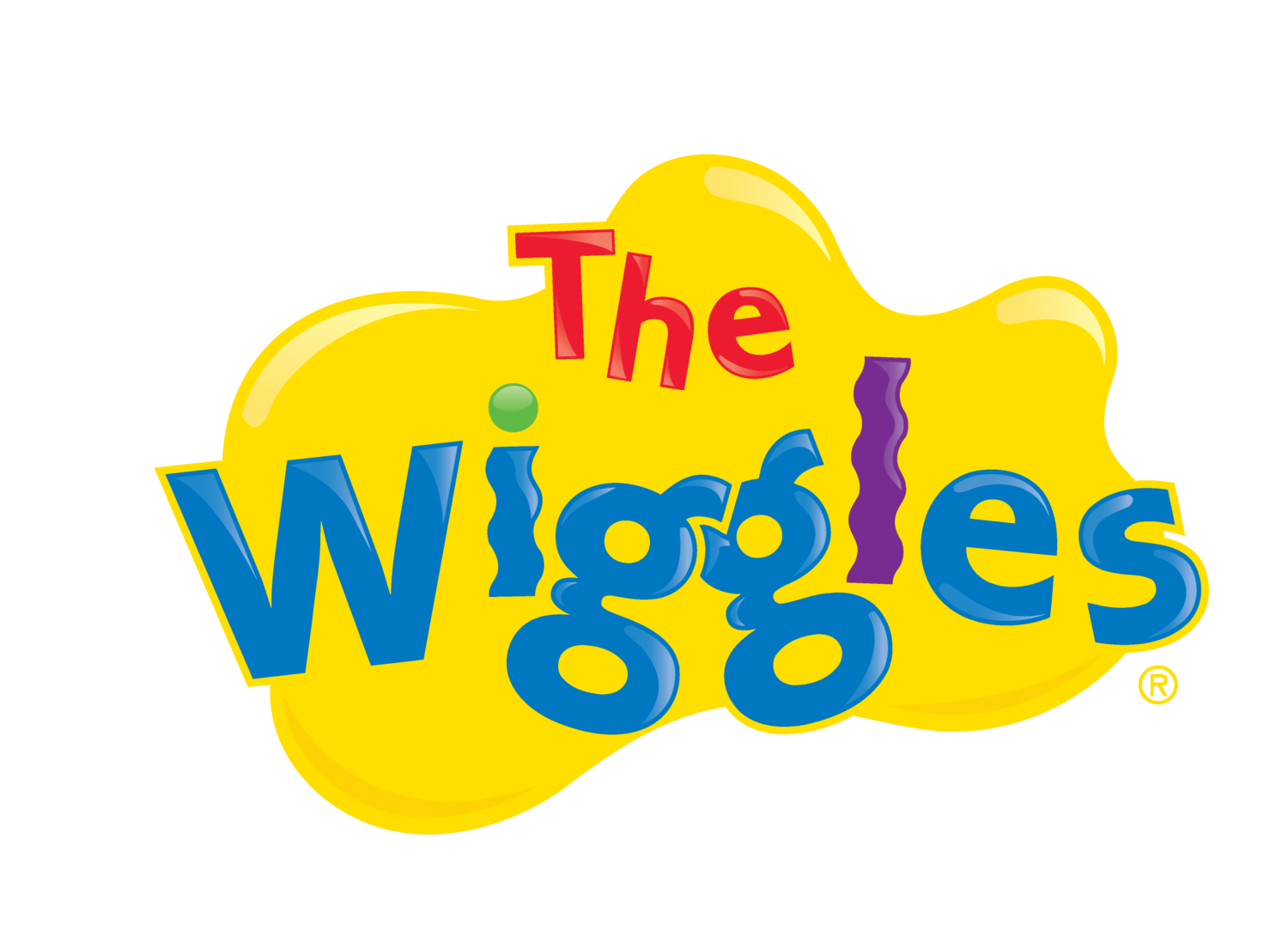Big Emotions in Children
Understanding Emotions in Children
Children experience a wide range of emotions, and sometimes, those emotions can feel bigger than they can manage. Whether it's a temper tantrum, frustration over not getting what they want, or a sudden burst of sadness, these big feelings can be challenging for both children and parents. Understanding and managing these emotions is an essential part of healthy emotional development.
At Young Academics, we believe that helping children understand and express their emotions effectively is key to their well-being. With expert advice from our team of early childhood educators, here are some proven strategies and tips to help parents manage big emotions in children.
Why Big Emotions Happen
Big emotions are a natural part of childhood. In fact, they are a critical part of a child’s emotional development. Young children may not have the vocabulary or the ability to express themselves in ways that feel comfortable or safe, so they often act out. This can be overwhelming, but it’s important to understand that these outbursts are not about defiance—it's about learning to navigate intense feelings.
As your child grows, they will experience emotions such as:
Frustration: When they can’t get what they want, or things don’t go as planned.
Anger: This is a common reaction to feeling misunderstood or not in control.
Sadness: When things don’t turn out as expected or they feel overwhelmed.
Excitement: Sometimes big emotions come from being overjoyed or overstimulated.
Recognising the root cause of your child’s big emotions is the first step toward supporting them in a healthy way.











